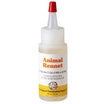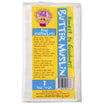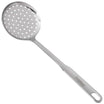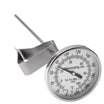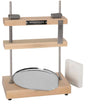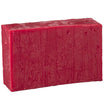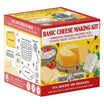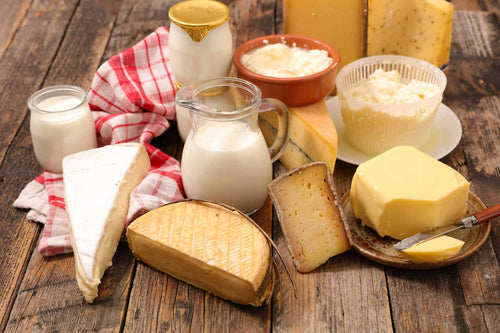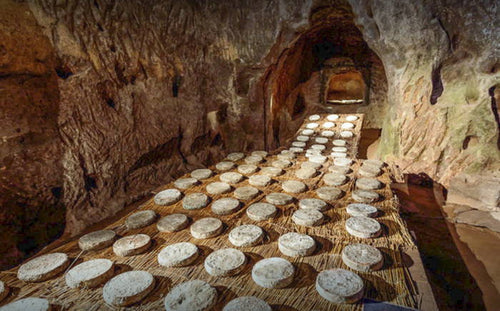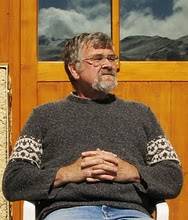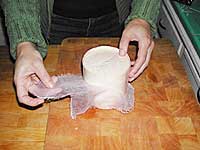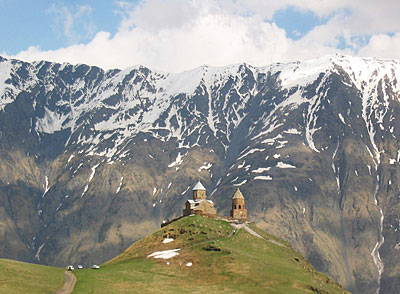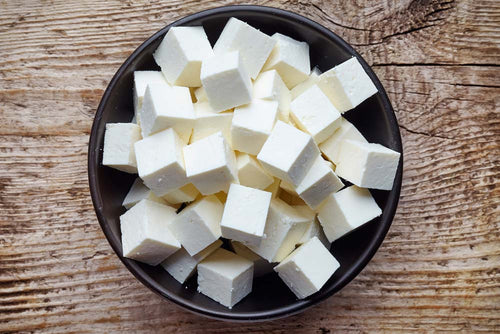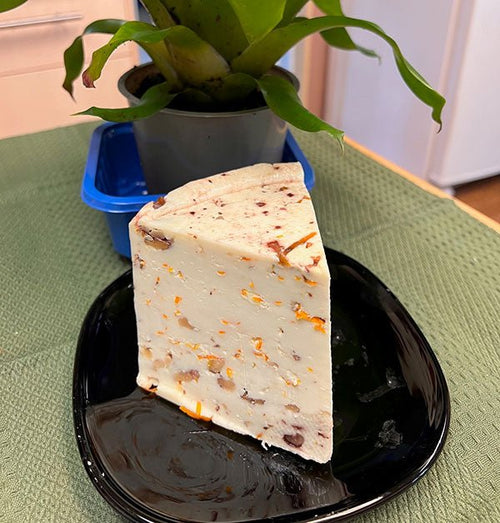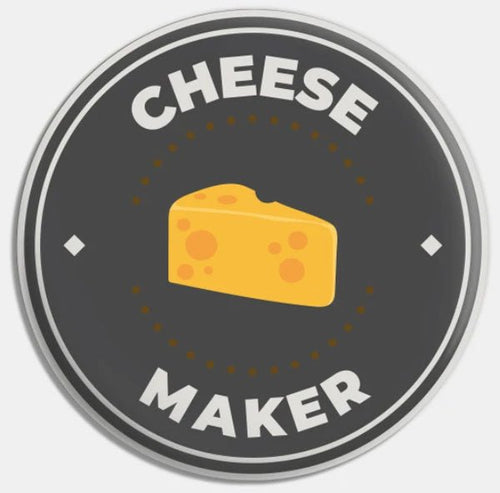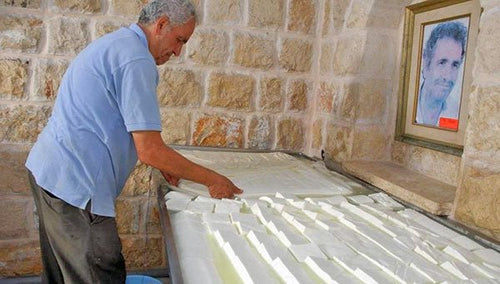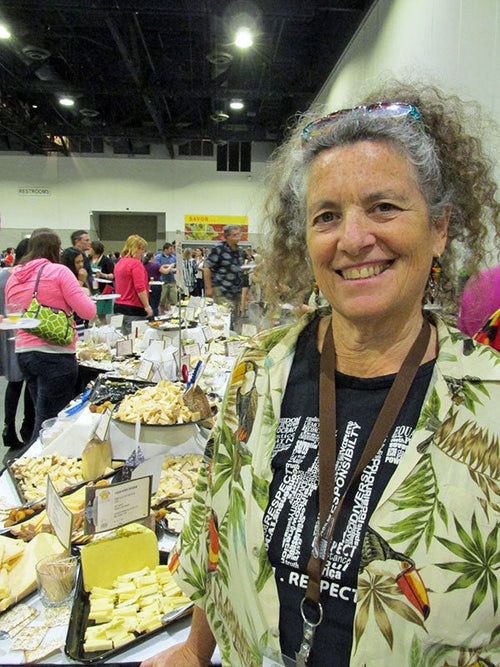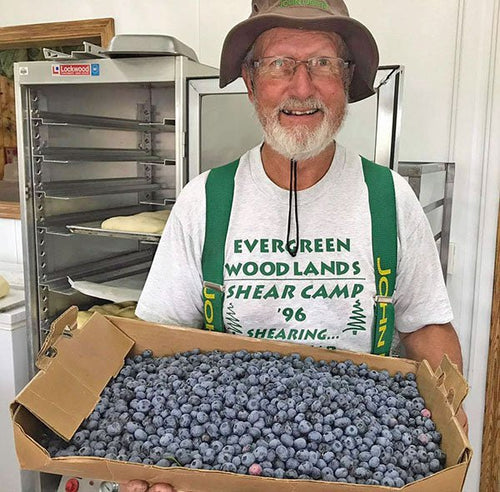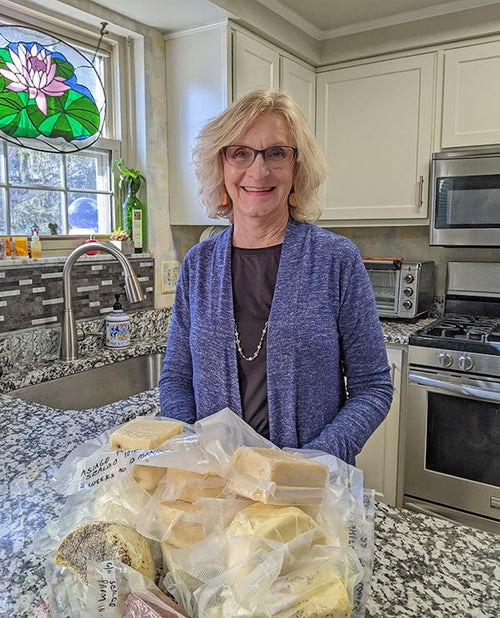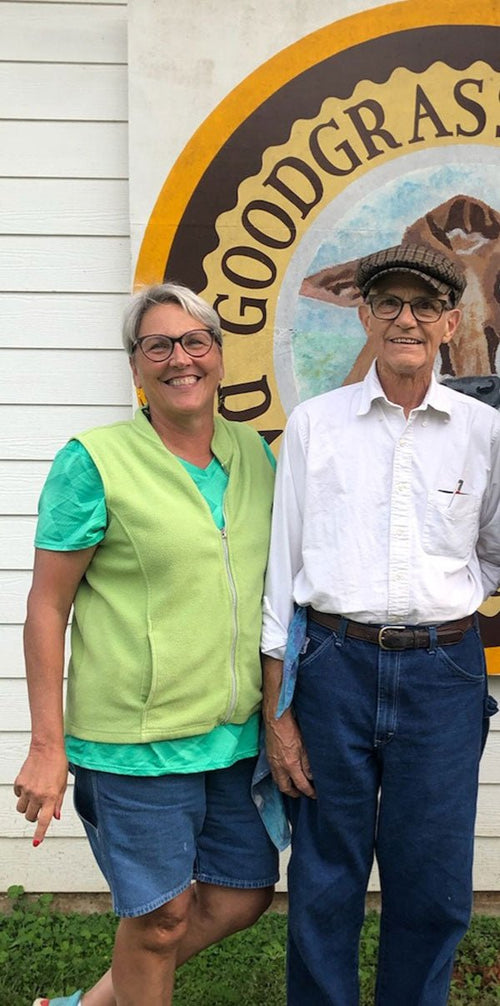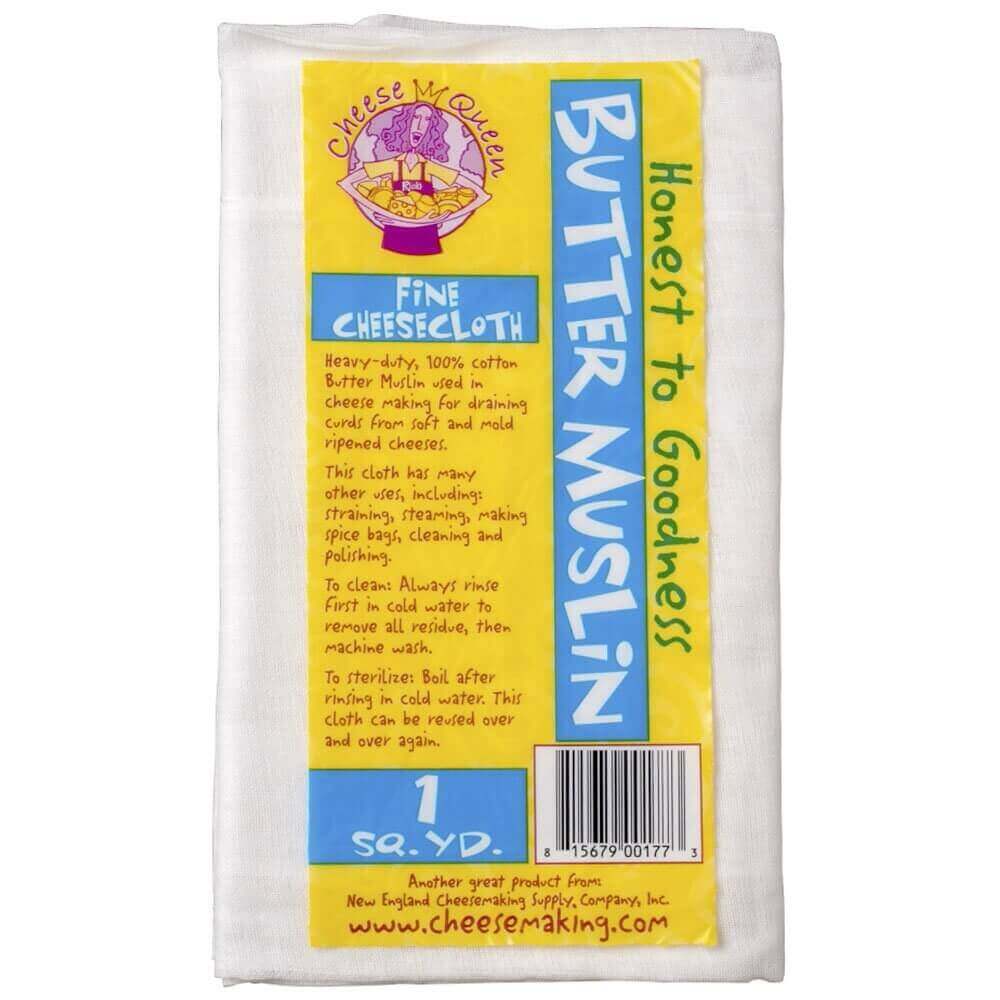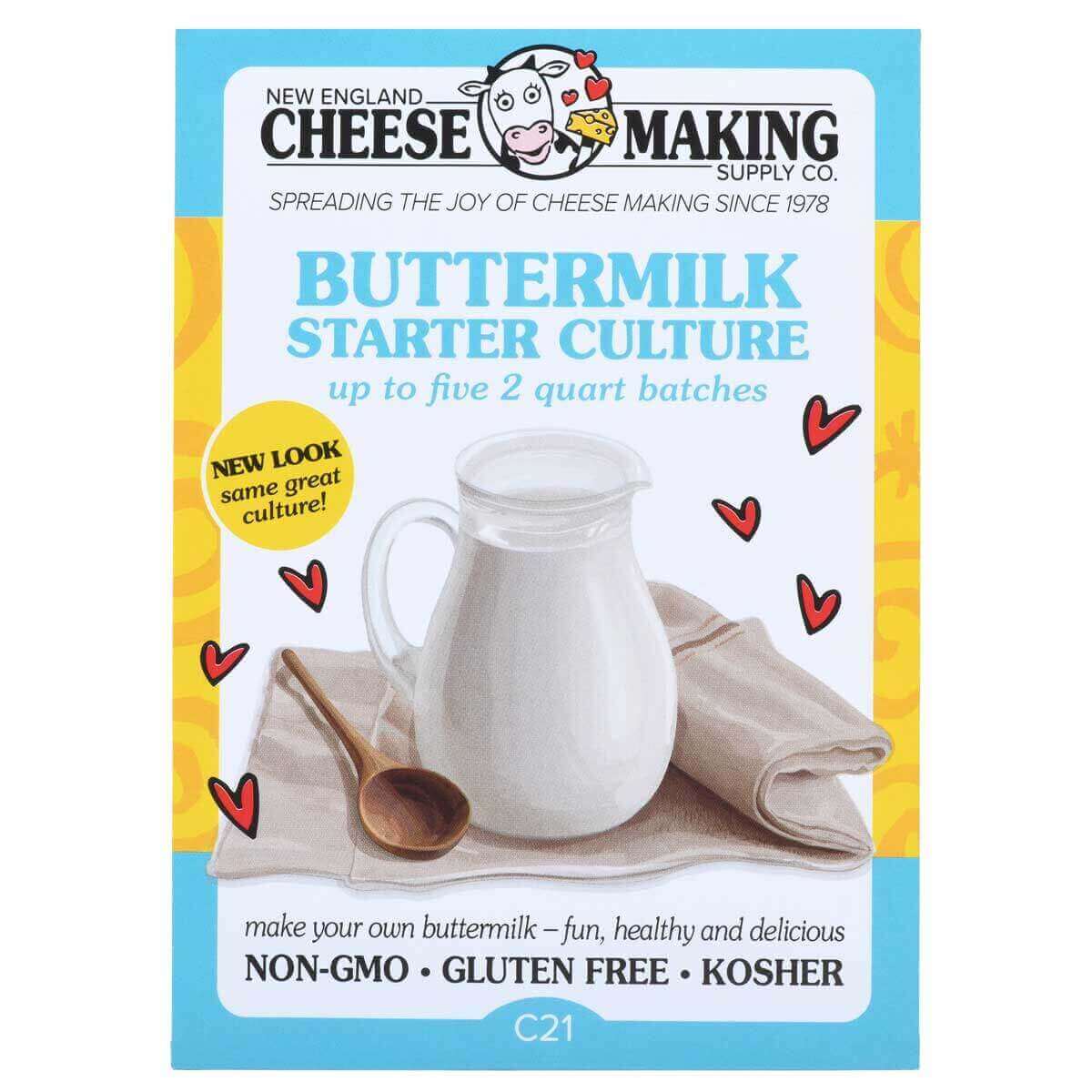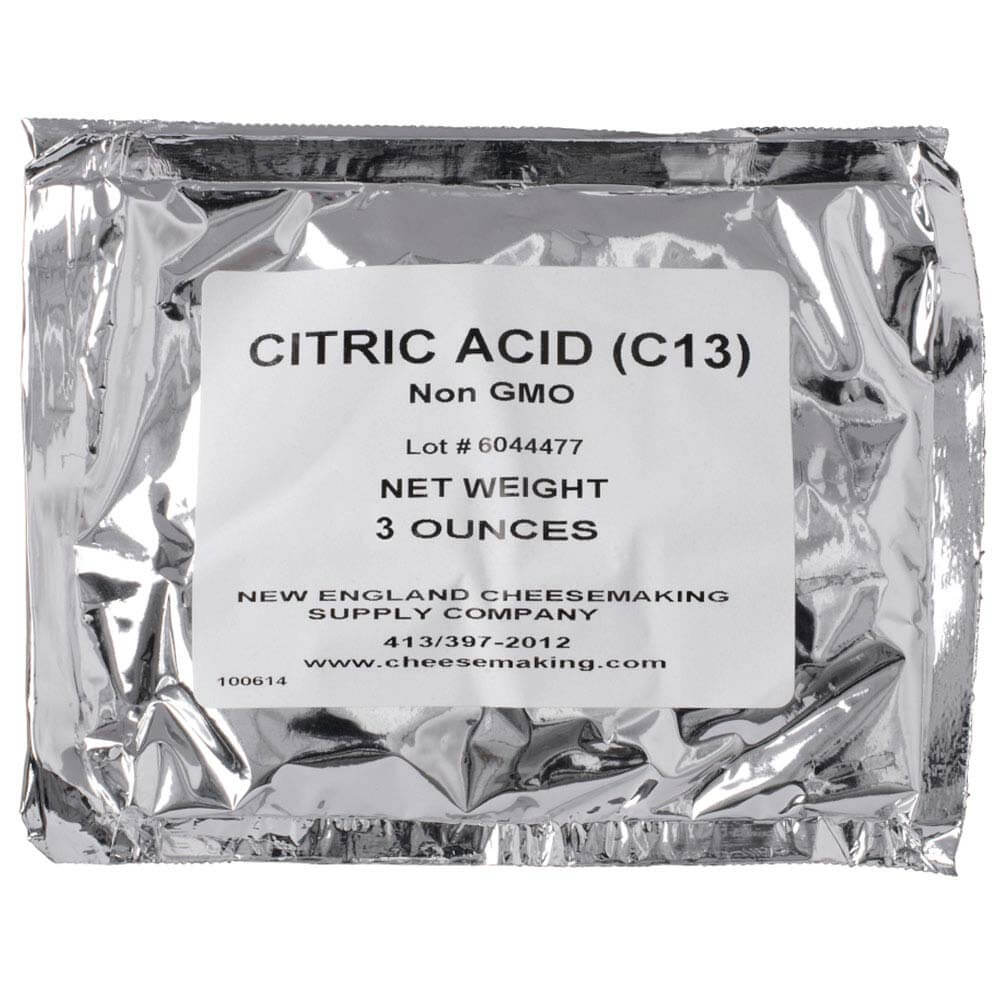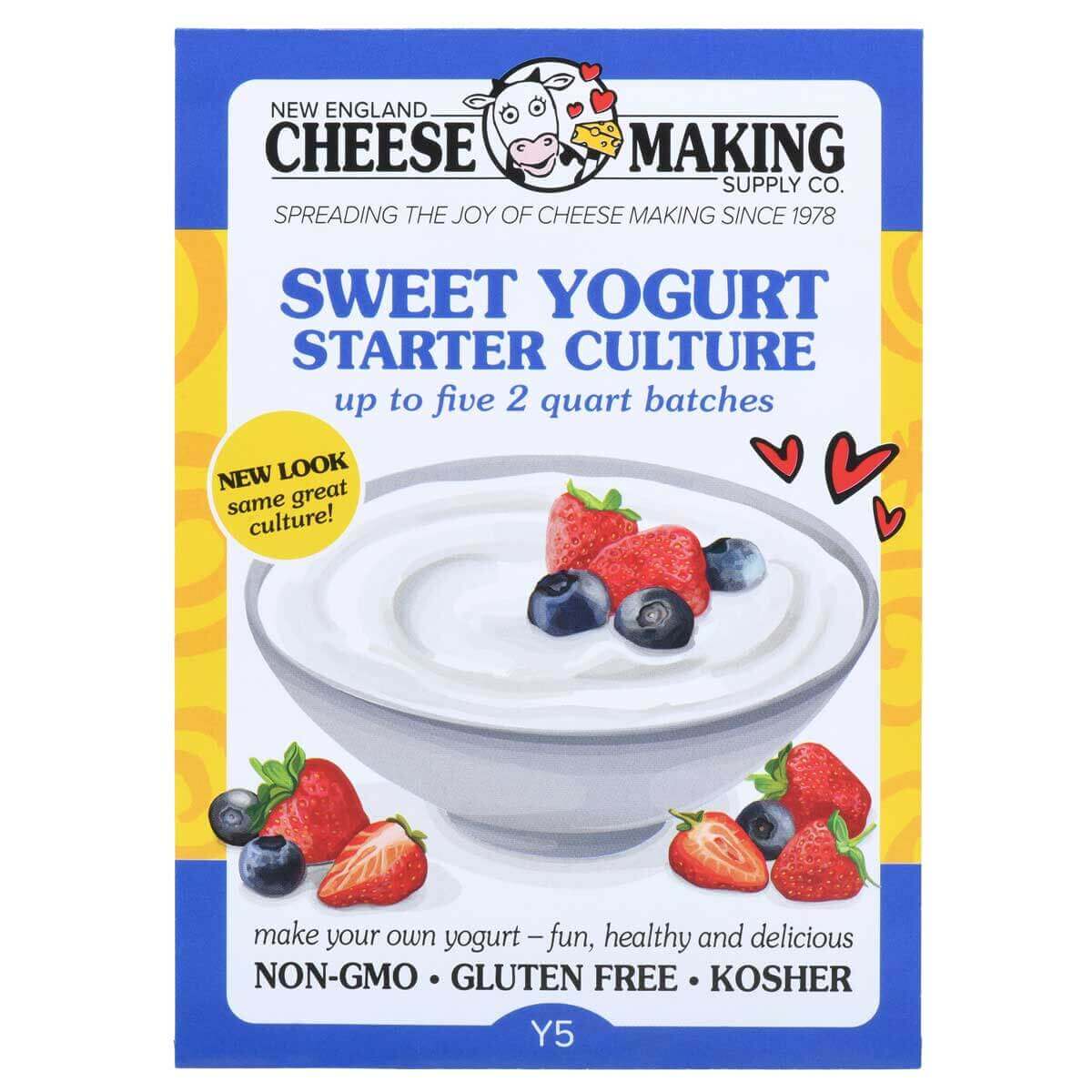Cheese Making Recipe of the Month
Wine Infused Cheese
Jim calls this fabulous combination of wine and cheese - "synergistic infusion." It involves soaking soft curds in dark red wine, then putting them in molds and pressing them into gorgeous patterns like the ones at right. The result is absolutely stunning.
The aging time is 2-4 months, so now is the time to take advantage of the spring milkings to reap the benefits in the fall. What could be nicer on a cool October evening than slices of your wine infused cheese on crackers?
Cheese Making 1,2 & 3
Learn all about the ingredients, equipment and process for making cheese at home. This beginner's guide will walk you through the process from start to finish.
Beginner FAQ's
Got a question? We've got an answer. From milk and cream to rennet and aging, our FAQ section is filled with answers to all your home cheese making questions.
Cheese Making Questions & Answers
Can I use just Geotrichum Candidum without the Penicillium Candidum to make Camembert and Brie?
Q. Penicillian Allergy - I want to make Camembert cheese but I am allergic to penicillin. Can I use just Geotrichum Candidum without the Penicillium Candidum to make Camembert and Brie?
A. Good News - Fortunately, the penicillin you are allergic to is not the same thing as the one we use in making cheese. Jim Wallace (our technical advisor) has a penicillin allergy but he has no problem using the white mold to make/eat his cheese.
Why do you think my Ricotta yield was so low?
Q. Ricotta from Queso Fresco - I made your Queso Fresco recipe using a gallon of whole milk. I then used the whey left over for making your Ricotta recipe. The yield of Ricotta was just over half an ounce. Why do you think my Ricotta yield was so low?
A. High Acid - Using this whey will not make a very good ricotta because the whey is taken off late in the process when too much acid has been produced. This will result in a very low yield as well as a very dry ricotta. What is needed for a good ricotta is a sweet whey that is drained from the cheese before much acid has been produced. Cheddar, alpine style, gouda, etc. would be good candidates for this.
For gouda, can I simply add finely chopped onions towards the end or do I need to dehydrate them?
Q. Onion Gouda - I want to make a batch of onion gouda. I don't want to "cheat" and use onion powder. Assuming I follow the normal recipe for gouda, can I simply add finely chopped onions towards the end or do I need to dehydrate them? Would garlic follow the same procedure if I try that next?
It sounds like an overly basic question, but the page after the gouda recipe has a recipe for jalapeno gouda. It calls for dried jalapeno, but then calls for boiling the jalapeno, which I presume rehydrates it pretty well. So is the dried part necessary?
A. Ok but Keep Nasties at Bay - The big problem with using fresh herbs and veggies is that they can sometimes harbor nasties from the soil (botulinum being one of them). This normally does not become a problem because most other things can outgrow them. However, when you create an anaerobic environment such as the inside of a cheese that will be aged for several months, this is where they can take off and create a health hazard.
Drying deprives the bacteria of moisture it needs and is normally a good safety measure. Boiling or caramelizing the onions would be another ok method. Boiling water before use re-hydrates them but is not always needed. The same applies to garlic and all fresh ingredients.
Have a cheese making question, we're here for you: info@cheesemaking.com
Meet a Fellow Cheese Maker
Julie Ott from North Berwick, ME
My name is Julie Ott (age 18), and I have been making cheese since this spring. At 17, I found your website after looking for yogurt cultures, and soon found a new hobby to learn.
I was hooked after reading all about cheese making, and as spring brought a handful of kids, I was able to dive head first into cheese making with raw goat milk. My first two tries (with cheddar) were almost disasters, the curds never knitting together, an acid taste, and rubbery texture. My third and fourth try yielded better results, but still not perfect. By my fifth cheese, I had finally figured out to use 1/4 of the recommended amount for raw milk (both culture and rennet).
Having dabbled in both cheddar and soft cheeses, I began to teach my family how to make goat cheeses as well. Cheese making has been a rewarding experience for me. It has taught me a lot about history and brought me closer to the past. I hope in the future to be able to teach many others about cheese making when I become better at making all sorts of cheeses with raw goat milk.
News From Fellow Cheese Makers
Jane Benoit Callahan, FL
My name is Jane Benoit, I am 17 years old, and I live on a small farm in Callahan Florida. I first learned to make yogurts, kefir and cheeses from my mother when I was very young. We moved to the country and her dairy cow was one of the first animals we brought home. It was always so exciting to help with the milking and then come home and watch it transform into cheese and ice cream. (My mom learned everything she later taught me from Ricki's wonderful cheese making book which still has a place of honor in the kitchen today.)
As the years went on, I started to branch away from cattle and bought my first dairy goats when I was eleven. It was my job to milk and care for them every day and I loved every minute of it. My first cheeses were queso blanco and panir but I soon learned to make delicious mozzarella, ricotta, and other cheeses as well.
Today, I have a strong herd of French Alpine dairy goats that I raise for milk and show. I still wake up early every morning to muck out the barn and milk before school. My herd keeps me busy every day of the year but I would not have it any other way.
I currently make mostly soft cheeses but I have a cheese press that I am excited to put to good use in my free time over the summer.
Each spring I participate in a 4-H program called "Again Extravaganza" that introduces elementary school children to farming. I always teach a class on dairy goats and cheese making that has always been a major success. The youth get to learn more about where cheese comes from and how dairy products are made. It helps them appreciate the work of local farmers and embrace their creativity as they recognize the art of cheese making. I also travel with my goats and give demonstrations for 4-H clubs and community groups throughout the year to explain the role of dairy animals and introduce them to the incredible world of fresh dairy products.
Thanks for helping me grow in my cheese making journey and for all the good advice over the years!
Quark Whey
I have another use for whey. I use the whey from making Quark (I don't know if it's sweet or acid) for making tapioca pudding. I flavor the pudding with vanilla and nutmeg. I think it tastes great.
Corky Courtright
Las Cruces, NM
Corky wrote more to us about how he makes his Quark in October, 2013
Succeeding in Pakistan
We have done several blog articles about Imran Saleh who is making cheese in Pakistan. He made his first cheese just a few years ago and now he is selling it.
I just wanted to say hi. Things are moving in routine except that now I make some wonderful cheeses beside mozzarella. I am making herbed Gouda, pepper jack and parmesan from cow's and buffalo's milk. Buffalo milk parmesan is awesome after only 90 days.
The soft cheeses - mascarpone and quesco blanco are easy for me but to get a cream cheese which equals the taste of Philadelphia is still a challenge, although I get the same texture and consistency. There is big demand for Philadelphia Kraft cheese and I know they use kobe bean and artificial flavouring. I am trying to get closer to being organic.
I am now selling my cheese to some restaurants, farmers markets and many domestic home users. It's a small scale business, but, you see, there is a gap of cheese in our Pakistani cultures, so I am getting a great response. It's now over 3 years of cheese making on a daily basis and I make a variety. My feta is wonderful. I still love to make cheese every day.
Imran Saleh
LaHore, Pakistan
Creative Belper Knolle
Bob Munroe is a multi-talented movie producer who lives in Canada. He was our spotlight in the April issue
I have attached a couple of images of Belper Knolles I made on the weekend. I had some trouble getting the curd to set (I followed Jim's recipe to a T with the exception of substituting 2 cups organic cream for 2 cups of the organic whole milk). After 14 hours of flocculation and 11 hours draining over the sink, the curd was still too loose with which to work. So I wrapped it back up in the butter muslin and hung it in my "Jon Little's Most Awesomest Cheese Aging Cave(tm)" and let it dry a bit for 48 hours. That did the trick.
I got 1000 grams (35 ounces) from the batch, so I made 5 Knolles. The two on the left are exactly what Jim described in his recipe. At that point, I went off script. The one in the centre is what I call "potato skin" style - chopped chives and Maldon sea salt in the curd, coated in my homemade bbq rub. The two on the right are what I call "Margherita pizza" style - chopped basil, chopped sun-dried tomatoes and Murray River salt, coated in my homemade tomato powder (tomatoes I dried in my dehydrator then ground into a powder). The chives, basil and all tomatoes were grown in my garden.
Bob Munroe
Ancaster, Ontario, Canada
In Our Hearts Jim Price
Stevenson, WA
We would like to extend our condolences to Patty Price and the rest of Jim's family. He passed away unexpectedly in September while on a camping trip in the Steens Mountains in Oregon.
Jim was a kind, generous and fascinating man with many hobbies, including cheese making. He shared his experiences with us in our essay contest and in an interview we did at our blog. He loved making cheese, particularly his flavored cheddars. He became so well known for his cheese that he was asked to share his expertise in demos at the county fair.
We were truly blessed and honored to have known Jim Price.
Please send your cheese making news & photos to: moosletter@cheesemaking.com
















